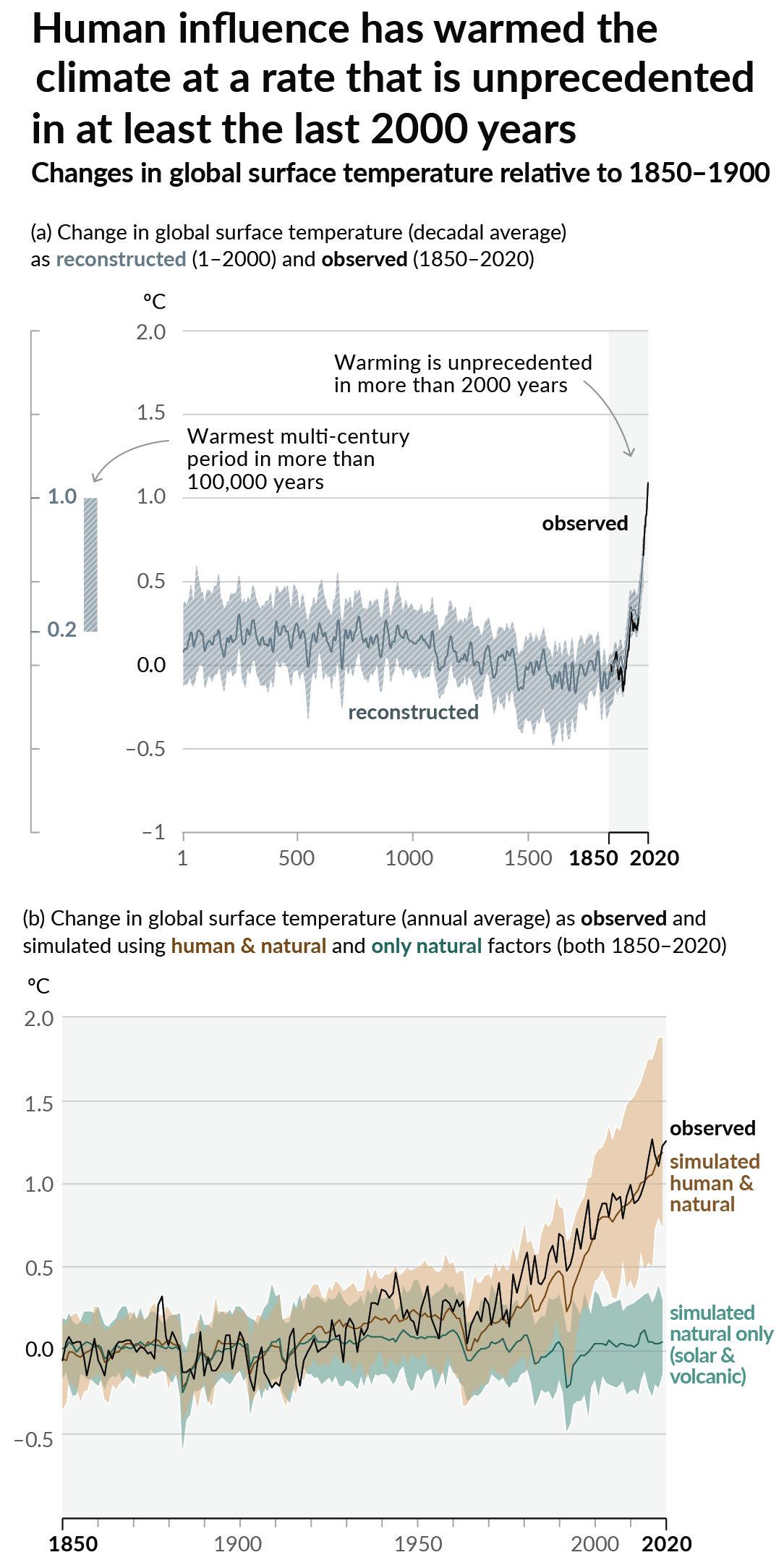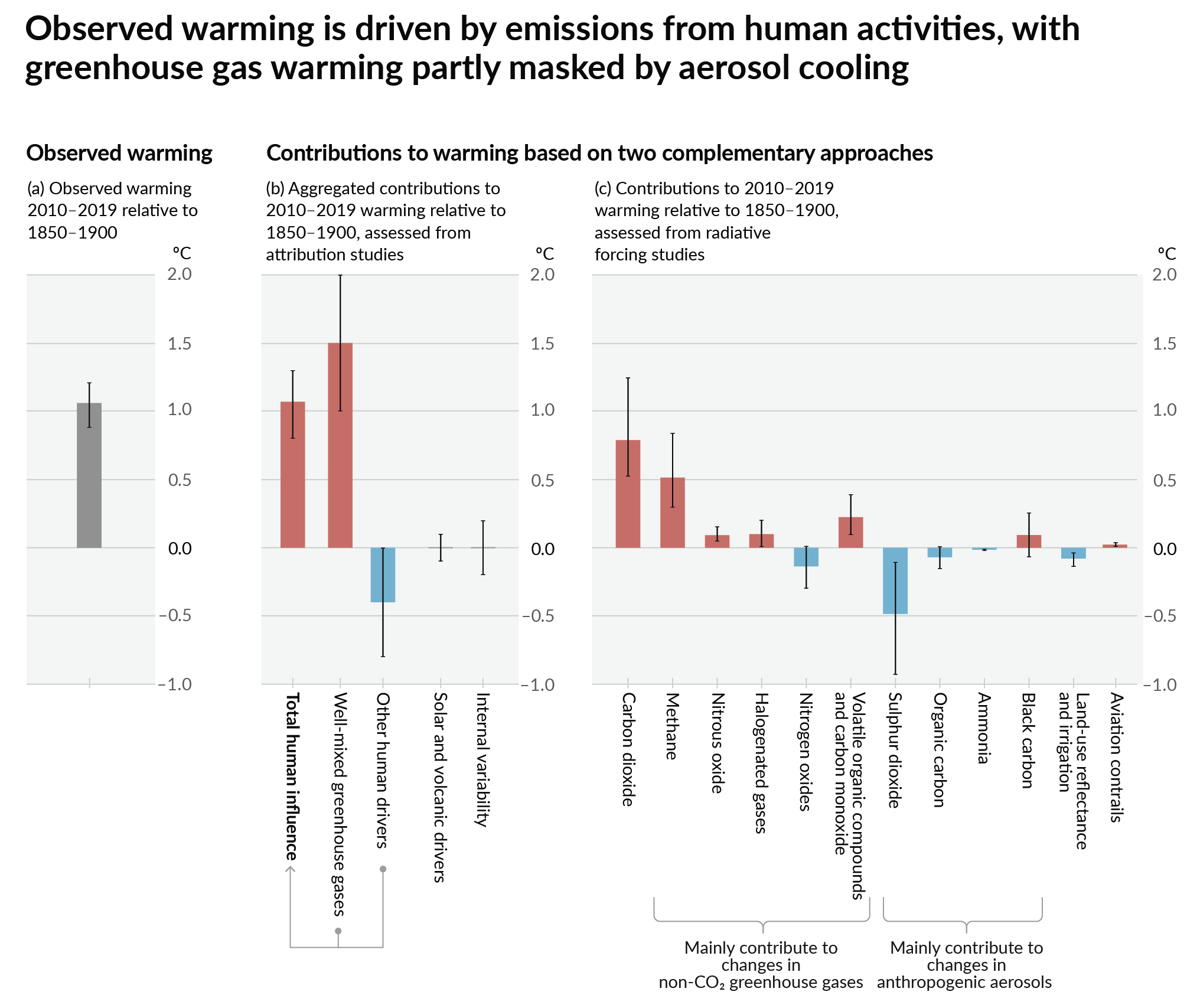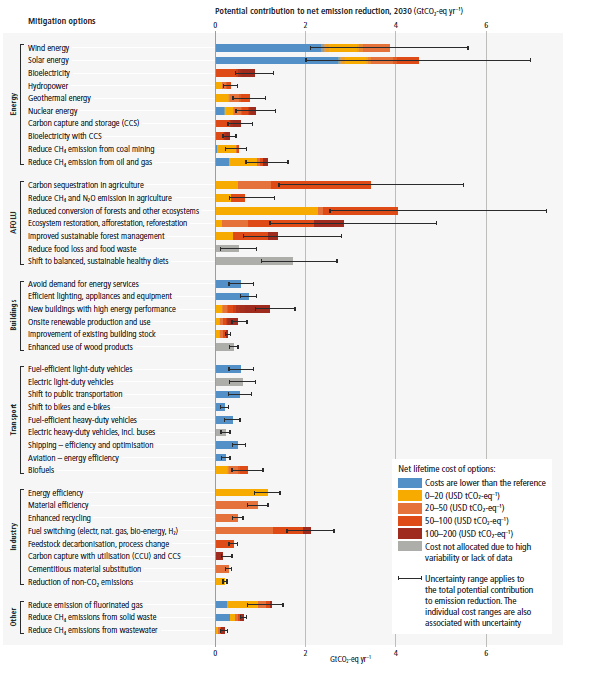this post was submitted on 20 Oct 2025
245 points (99.6% liked)
Climate - truthful information about climate, related activism and politics.
7500 readers
370 users here now
Discussion of climate, how it is changing, activism around that, the politics, and the energy systems change we need in order to stabilize things.
As a starting point, the burning of fossil fuels, and to a lesser extent deforestation and release of methane are responsible for the warming in recent decades:

How much each change to the atmosphere has warmed the world:

Recommended actions to cut greenhouse gas emissions in the near future:

Anti-science, inactivism, and unsupported conspiracy theories are not ok here.
founded 2 years ago
MODERATORS
you are viewing a single comment's thread
view the rest of the comments
view the rest of the comments
I think that’s called uranium
Here’s a fact: Coal plants produce more radiation than nuclear plants, even if you take all the accidents into account.
Yikes. TIL
In a way yes, but only in the sense that nuclear waste is supposed to be well contained and stored for disposal. Still, the accidents are not taken into account, at least in the studies I took a look at. If you have any that says otherwise, please share.
Ah, I misspoke. Waste. @magnetosphere@fedia.io dropped this above.
The waste part, for some reason, I thought it was kinda implied. Thanks, anyways.
The part that you say more or less that coal plants produce more radioactive waste than nuclear plants even if we take into account nuclear accidents, is the one that made me wonder tbh.
Btw, perhaps, one of the most famous papers about this topic was written in 1978 [abstract, full pdf ], but it doesn't mention accidents. Actually, in the abstract they say that the study does not even assess, the total radiological impacts of a coal versus a nuclear economy. This one, from 2021, doesn't talk about accidents, either.
I thought you might have a relevant article or something to share about the accident part you mentionned?
Right up front, I want to sincerely thank you for insisting that I back up my claims. Not kidding, not internet sarcasm; I truly appreciate it.
Let's take a look here.
According to Wikipedia, at Chernobyl:
Data on Fukushima is more difficult to find, but the World Nuclear Association estimates that:
While there remains uncertainty about the amount of radioactive material released from Fukushima, it's certainly below half of what Chernobyl produced.
From the earlier posted link about coal power plants:
Now, I totally get that the kind of radioactive materials released by a nuclear accident are different from what comes out of coal plants, and that a concetrated release is more dire than a diluted one - but given that there are ~2500 coal-fired power plants in the world, that means that coal plants produce about 12,500 to 25,000 tons of radiactive material every year.
If what is certainly the worst nuclear disaster produced just 6 tons, I believe that "including accidents" is not inaccurate.
I wouldn't go so far as to call the Chernobyl Exclusion Zone a "nature preserve," but...
in a similar note, the DMZ is also very similar, a nature safe haven for endemic species, that was largely extirpated from the rest of both koreas.
Super Coal is the same thing as Clean Coal, which is coal soaked in kerosene.
We've already got uranium. I think super coal is unobtainium.
“Unobtainium” is such a stupid nameium.